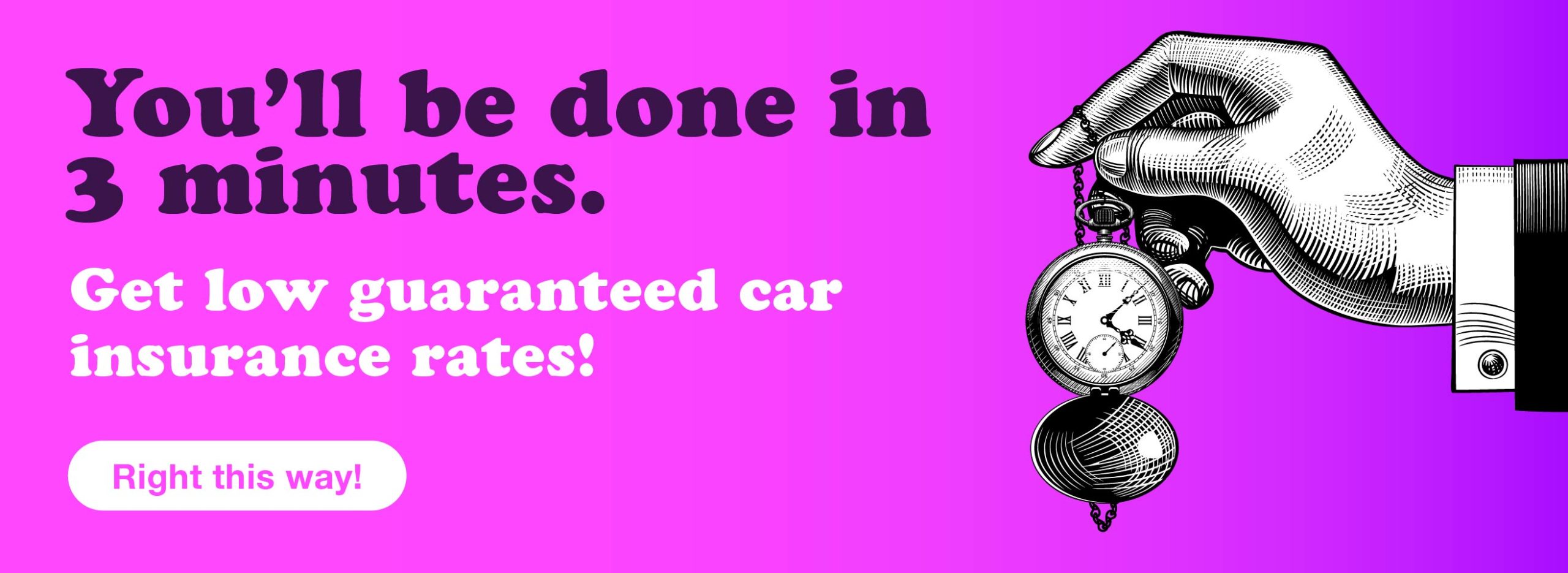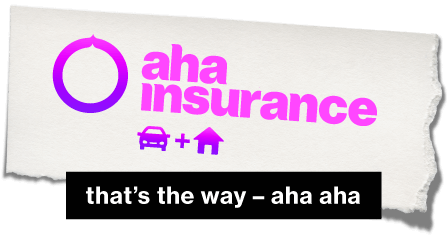It’s 8:25am, you’re running late for work, and you still have to drop the kids off at school. They jump out of the car and you peel out of the parking lot—not noticing the cop just down the street waiting to enforce the school zone speed limit.
Oops.
Red and blue lights flash, a siren sounds, and you’re now on the line for a hefty fine and possibly even some demerit points. It sucks, but whether you’re running late or not, you have to put safety first.
“A pedestrian struck by a car traveling at 50 km/h is eight times more likely to be killed than a pedestrian struck at 30 km/h.”
Did you know there are other rules in school zones beyond speed limits? They can change depending on where in Canada you’re driving.
School zone speed limits in Canada
School zone speed limits differ depending on the provincial or municipal government that’s making the rules, but there are typically five main factors involved:
- School zone speed limit
- Hours in effect
- Road rules (such as no U-turns or passing)
- Signage
- Start and end points
Here are some common examples to give you an idea, but you’ll want to check your city or regional website for the specific rules in your municipality before hitting the road.
Ontario
- School zone speed limit: 30 – 50km/h
- 8am – 5pm weekdays September – June
Alberta
- School zone speed limit: 30km/h
- 8:00am – 9:30am, 11:30am – 1:30pm, and 3:00pm – 4:30pm weekdays Sept – June
- Passing is not allowed
- A school zone ends when a new speed limit is posted
British Columbia
- School zone speed limit: 30km/h
- 8:00am – 5:00pm weekdays
- A school zone ends when you can see the back of the school zone sign on the other side of the road
Quebec
- School zone speed limit: 30 – 50km/hr
- 7am – 5pm weekdays September – June
FAQs about the school zone speed limit
Make sure you brush up on your driving knowledge before you hit the pavement!
What does a school zone speed limit sign look like?
Typically, school zone signs will be neon yellow (sometimes neon green) in a pentagonal shape with black symbols of pedestrians crossing. Sometimes they’re also accompanied by a white and black speed limit posting.
How does speeding in a school zone affect my insurance?
Typically, when you are fined with speeding in a school zone, it is 60% higher than a typical speeding fine (in certain places like Quebec, fines are doubled.)
Depending on where you were driving and how much over the limit you were, you can also lose 3 – 5 demerit points. 20km over the school zone speed limit will earn you 3 demerit points. If you were going 50km + over the limit, you may face more serious charges.
Speeding fines, demerit points, and criminal charges like careless driving can all increase your insurance premiums. Sometimes providers are said to increase rates as much as 20% for 10km an hour over the speed limit. How long the fine affects your premium depends on the insurance provider, but 3 – 5 years is a pretty standard ballpark.
Some auto insurance policies offer a first-ticket forgiveness program, but you’ll have to check your policy—it doesn’t come standard with most car insurance policies. If you were receiving any sort of good driver discount, you may also lose this and see your insurance rates spike.
Again, the best defense is to know your own policy.
How much are school zone speeding fines?
- 10km/h = $95.00, 0 demerit points
- 20km/h = $180.00, 3 demerit points
- 30km/h = $450.00, 4 demerit points
- 40km/h = $595.00, 4 demerit points
Keep in mind that those are Ontario’s general fines, but you should double-check your municipality’s specific laws for good measure.
Important school zone safety tips
- Begin to decrease your speed when you see the school zone ahead sign before you even enter the school zone.
- Always obey crosswalks and crossing guards. You can pay up to $500 in fines and lose 3 demerit points if you proceed through a crosswalk when a crossing guard or children are still present, even if it’s four lanes wide and everyone has crossed your side already.
- Pedestrians always have the right-of-way at school crossings. You must yield to them if they are indicating their intention by waiting on the sidewalk, making a hand gesture, or making eye contact with you.
- Do not pass a school bus when the yellow or red flashing light are activated. You can be fined $400-$2,000 and earn 6 demerit points.
- Always be vigilant of changing rules in your municipality. Although there are some places where the school zone speed limit can be as high as 50km/h, some municipalities are currently petitioning to have them reduced.
That should put you in good shape to start driving safely in and around school zones. Stay safe out there, Ontario!






